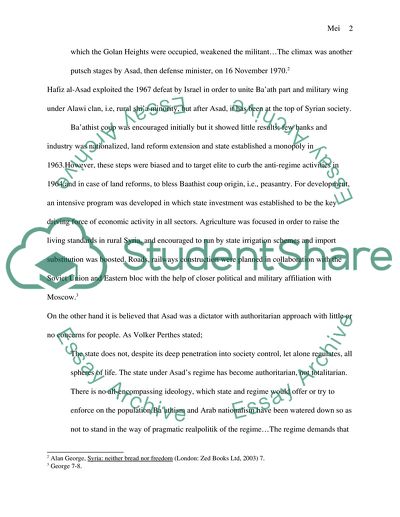Cite this document
(“From ''Infitah of Abundance'' to ''Infitah of Poverty'' Essay”, n.d.)
From ''Infitah of Abundance'' to ''Infitah of Poverty'' Essay. Retrieved from https://studentshare.org/miscellaneous/1555033-from-infitah-of-abundance-to-infitah-of-poverty
From ''Infitah of Abundance'' to ''Infitah of Poverty'' Essay. Retrieved from https://studentshare.org/miscellaneous/1555033-from-infitah-of-abundance-to-infitah-of-poverty
(From ''Infitah of Abundance'' To ''Infitah of Poverty'' Essay)
From ''Infitah of Abundance'' To ''Infitah of Poverty'' Essay. https://studentshare.org/miscellaneous/1555033-from-infitah-of-abundance-to-infitah-of-poverty.
From ''Infitah of Abundance'' To ''Infitah of Poverty'' Essay. https://studentshare.org/miscellaneous/1555033-from-infitah-of-abundance-to-infitah-of-poverty.
“From ''Infitah of Abundance'' To ''Infitah of Poverty'' Essay”, n.d. https://studentshare.org/miscellaneous/1555033-from-infitah-of-abundance-to-infitah-of-poverty.


